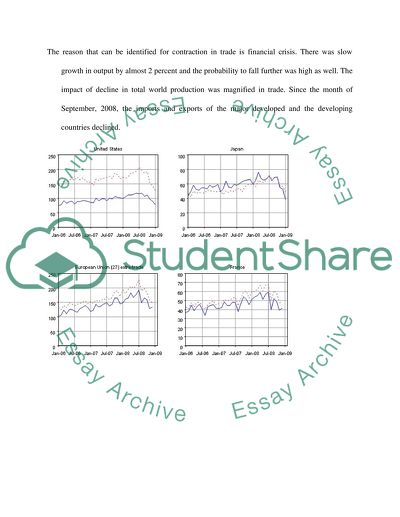Cite this document
(“World Trade in Merchandise Essay Example | Topics and Well Written Essays - 1750 words”, n.d.)
Retrieved from https://studentshare.org/macro-microeconomics/1396691-international-trade
Retrieved from https://studentshare.org/macro-microeconomics/1396691-international-trade
(World Trade in Merchandise Essay Example | Topics and Well Written Essays - 1750 Words)
https://studentshare.org/macro-microeconomics/1396691-international-trade.
https://studentshare.org/macro-microeconomics/1396691-international-trade.
“World Trade in Merchandise Essay Example | Topics and Well Written Essays - 1750 Words”, n.d. https://studentshare.org/macro-microeconomics/1396691-international-trade.


